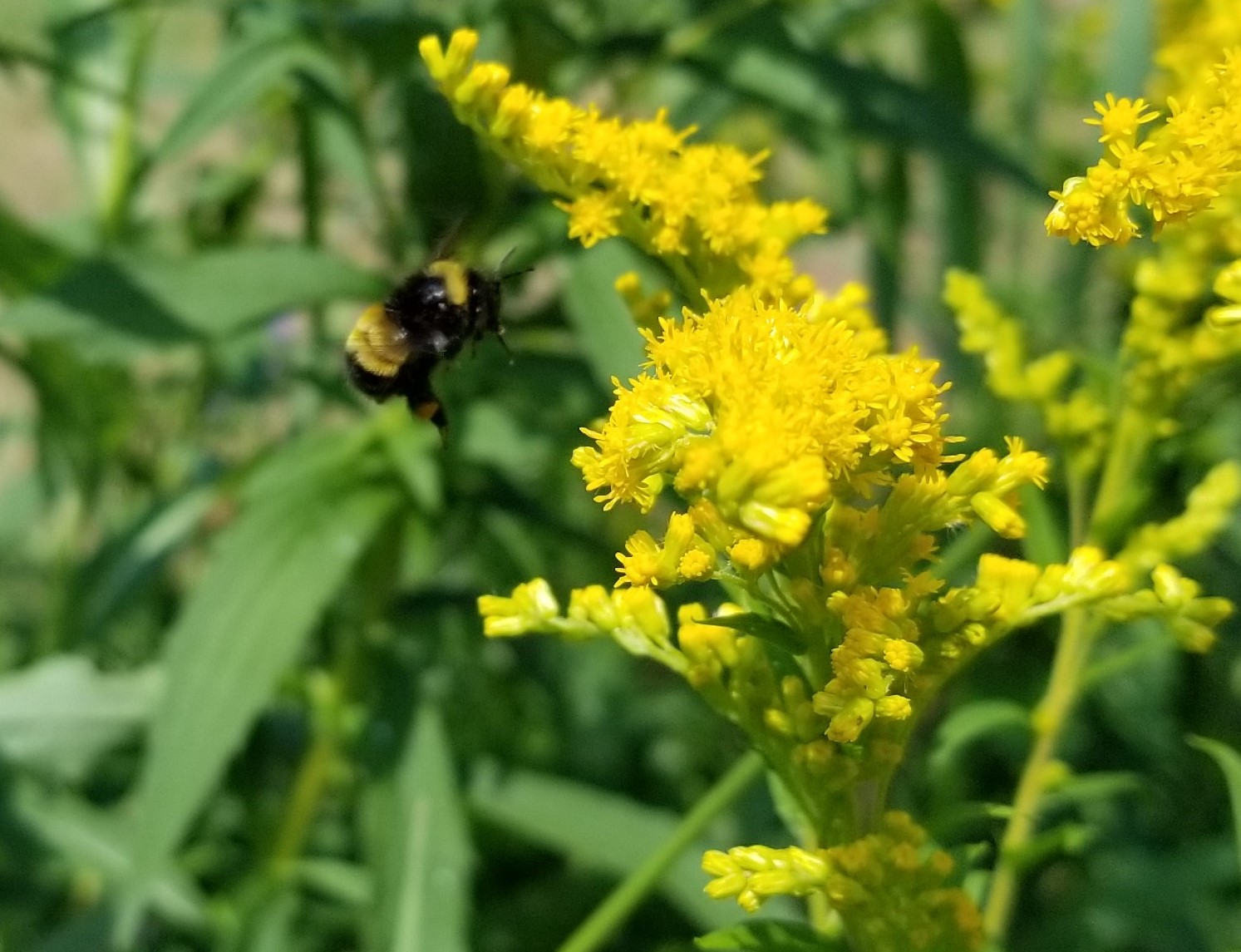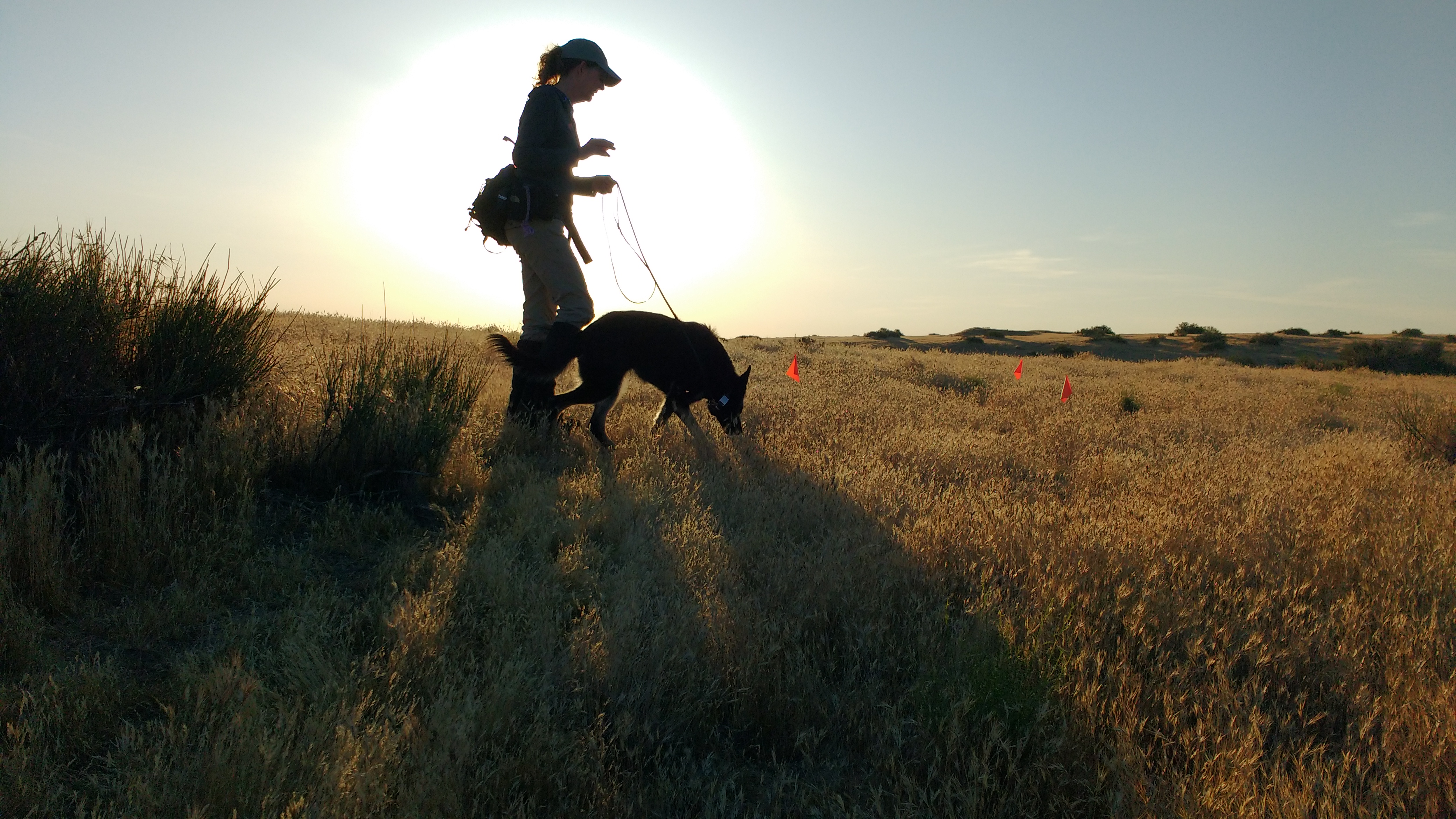Researchers at York University are recruiting members from across North America for a very important mission.
You will need to be vigilant, always observing. This subject is elusive.
Determination, a sharp eye, and a smartphone will be your greatest assets.
The mission, should you choose to accept it: find and submit sightings of bumble bee nests.
Some bumble bee species are in decline globally due to threats such as climate change, pathogen introductions and habitat loss. To help reverse the observed declines in bumble bees we must address threats to their survival. One way to do that is by increasing the amount of high quality habitat available for bumble bees. But there is a problem: we currently do not know exactly what constitutes high quality bumble bee habitat—especially when it comes to nesting.

We know that bumble bees need at least three different resources: flowers for a food source, nesting resources for colony development, and overwintering resources for hibernating queens. The specifics of these resources required for bumble bees, however, remain unsolved—this is especially true for bumble bee nesting and overwintering requirements. This is the missing link.
Why are nesting and overwintering resources the missing link? Well, it can be tricky to locate nesting or overwintering sites. This is because bumble bee nests and overwintering sites are small and difficult to locate. They often nest underground, in tree cavities, in stone walls, or under vegetation on the ground surface. A nest is often detected when someone notices a steady stream of bumble bees flying in and out of the same area.

To ensure we have the information we need to create high quality habitat, researchers at York University in Ontario are focusing on determining the characteristics of good nesting sites for bumble bees. To address this missing link of nesting habitat, we are using a two-pronged approach:
- This is where you, the recruit, would come in. We need volunteers to submit photos or videos of bumble bee nest sightings. The bumble bee nest sighting can come from anywhere within North America. An ideal sighting would include an image of the bumble bee (to determine the species), a GPS location (to be used in future habitat analyses), a description of the location and materials of the nest (i.e. in my garden, underground or in a woodpile), and, if possible, a video of the nest, surroundings, and activity. Click for the link to submit bumble bee nest sightings.
- In addition to our community science approach, we will be using detection dogs that are trained to find bumble bee nests through their scent. Our plan is to deploy the dogs within a conservation area in southern Ontario (permissions pending). To help us out with proofing dogs as an effective method for locating bumble bee nests within southern Ontario, we will also need some confirmed bumble bee nest sightings that were discovered by volunteers.
Note: Bumble Bee Watch still loves your records! However, Bumble Bee Watch cannot currently receive video. For the York University study, however, video is an important component—especially to answer the overwintering question. We believe this will help us to identify the species and learn more about their behaviour better than still frames alone. #Quest4BeeNests is separate from Bumble Bee Watch so please keep submitting to Bumble Bee Watch too.

This project will continue throughout 2019. We will be providing additional details about this project through social media and blogs. Follow the hashtag #Quest4BeeNests to keep up with all the developing details. Thank you for your support!
Further Reading
Learn more about the #Quest4BeeNests.
Learn more about Bumble Bee Watch.
Learn more about the Xerces Society’s Endangered Species Program.



